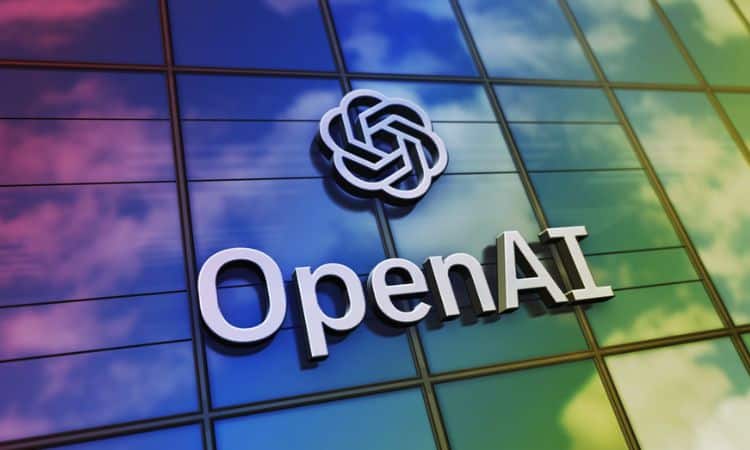
How to make your AI App Act – No Workflow Triggers by Default
31 Oct. 2024 - Michael Simonetti, BSc BE MTE - Total Reads 2,322

Why your AI just talks — and how to make it act
AI can give impressive answers. It can write emails, respond to customer questions, and suggest brilliant ideas. But here’s the catch: it doesn’t actually do anything. Unless you’ve explicitly built the logic, the AI won’t send the email, submit the form, update the CRM, or complete the transaction. This is one of the biggest hidden limitations in deploying AI systems in enterprise environments.
What seems like a smart assistant is, without workflow integration, just a glorified suggestion box.
The Gap Between Output and Action
Let’s say a user says:
“Can you cancel my last order and send me a confirmation?”
Your AI might reply:
“Sure, I’ve cancelled the order and sent a confirmation to your email.”
But unless your app interprets the AI’s response, checks the user’s order history, triggers the cancel function in your backend, and sends the email — nothing actually happens.
This is the difference between AI that sounds helpful and AI that delivers business outcomes.
To ensure the cancellation request actually triggers a workflow, the system must go beyond generating a polite response. The AI must produce a structured output (e.g. a function call) that the application can parse and validate — ideally referencing the exact order ID, user session, and desired action. Only then can your logic safely initiate a backend process.
Why This Happens
LLMs don’t execute code by themselves. They generate natural language — not actions. It’s up to your application to:
- Parse the AI response
- Determine user intent
- Match that intent to an available system function
- Execute that function safely and securely
Three Common Approaches to Bridge the Gap
1. Function Calling (Structured Output)
Use models like GPT-4 or Claude with function calling capabilities. Define a set of available functions and let the AI return structured JSON outputs that your app can interpret. This method reduces ambiguity and ensures the output triggers the correct function.

You can verify the structure programmatically and confirm that all necessary fields are present before taking action. This protects your workflows from accidental or malformed triggers.
2. Intent Detection Layer
Instead of relying on open-ended LLM output, you can create a separate classification layer to detect what the user wantsto do. This might involve training a lightweight model (e.g., logistic regression or a fine-tuned transformer) on labelled examples like “cancel order,” “track order,” “update details,” etc.
This classification step runs before the AI generates a response. Once the system detects a strong match (e.g., 92% likelihood this is a cancellation intent), it can route the interaction directly to a dedicated backend handler, bypassing ambiguity and improving accuracy.
It also creates an audit trail: you’ll know exactly what the user asked, how it was interpreted, and what action was triggered — useful for compliance, reporting, and analytics.
3. Human-in-the-Loop Middleware
For high-risk workflows (refunds, account changes, payment approvals), even a perfect AI system needs human oversight. In this case, the AI still generates structured suggestions (e.g., “cancel this invoice and issue a refund”), but those are passed to a human agent or admin interface for confirmation.
This middleware layer gives operators a chance to edit, approve, or reject the AI’s proposal. You can also layer in thresholds — for example, AI actions below a certain dollar amount auto-approve, while anything above $500 requires review.
This approach maintains trust and control while still reducing overall workload. It’s especially powerful in finance, insurance, health, and legal sectors, where full automation isn’t always acceptable.
Sample Workflow Integration Flow

AI doesn’t fail because it’s wrong — it fails because it can’t act. That’s your job: to connect the intelligence layer with real-world operations. When this gap is closed, AI becomes a workflow engine, not just a talker.
Need help building end-to-end AI workflows that deliver results, not just responses? AndMine can help architect the entire pipeline.

Post Reads: 2.3K
Go on, see if you can challenge us on "How to make your AI App Act – No Workflow Triggers by Default" - Part of our 183 services at AndMine. We are quick to respond but if you want to go direct, test us during office hours.
Add Your CommentTestimonials
The &Mine team is great to work with and went beyond the brief to deliver a family violence website which was both engaging and easy to use. The team is collaborative, understand the constraints and sensitivities of a government environment and work alongside you to develop creative and practical solutions and ideas. Stakeholders have only had positive feedback about the website including with comments such as the best government website I have seen. Christine Panayotou, Director Communications, Family Safety Victoria
More Testimonials































































































































































































































